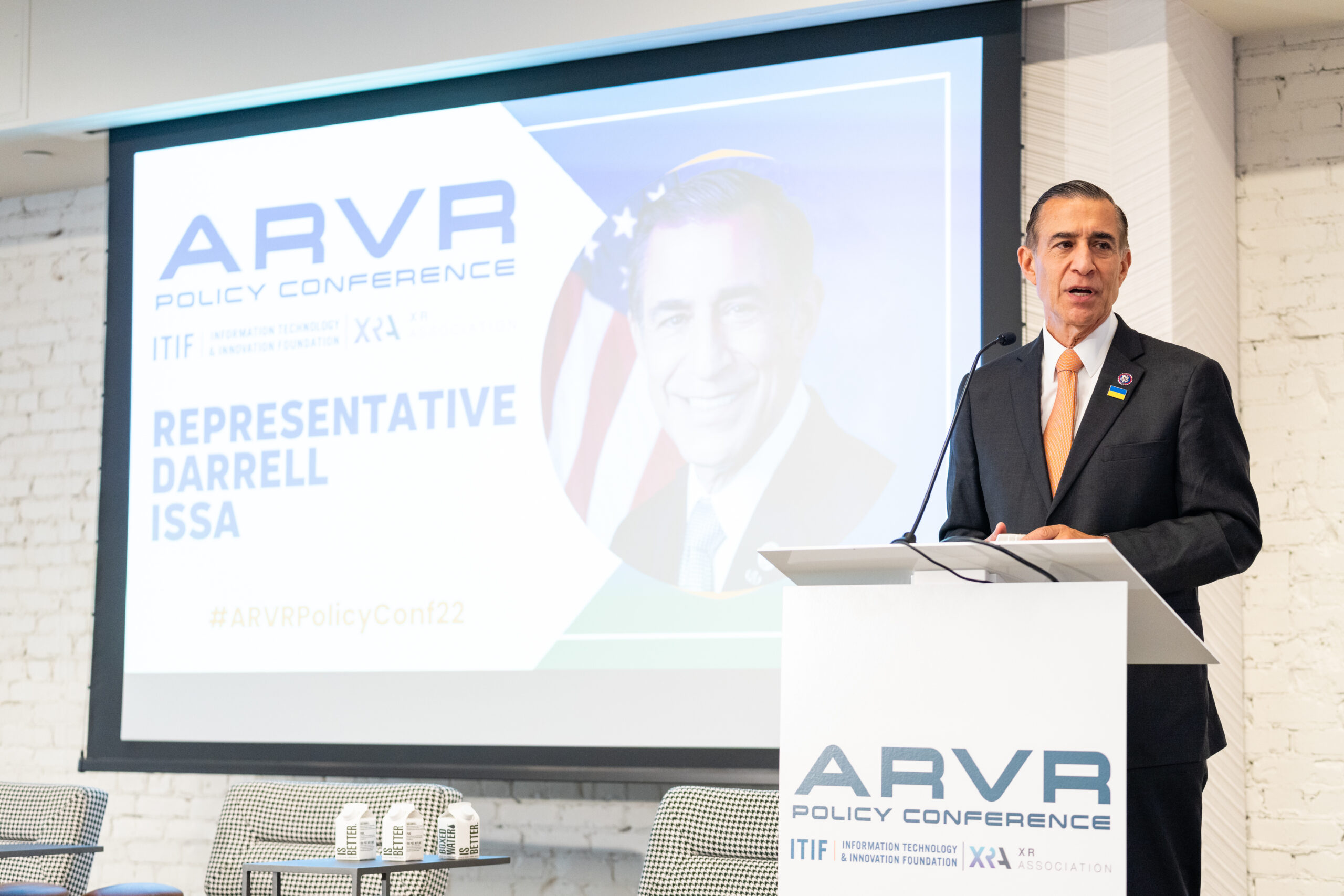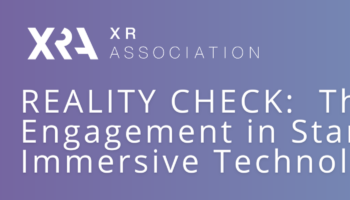On Wednesday, September 14, 2022, the XR Association (XRA) and the Information Technology and Innovation Foundation (ITIF) co-hosted the second annual AR/VR Policy Conference in Washington, DC. The hybrid event featured multiple panels, lightning talks and several addresses from key XR industry representatives and champions. The conference focused on the advancement of XR technology across sectors and its impact on federal, state, and international policymaking.
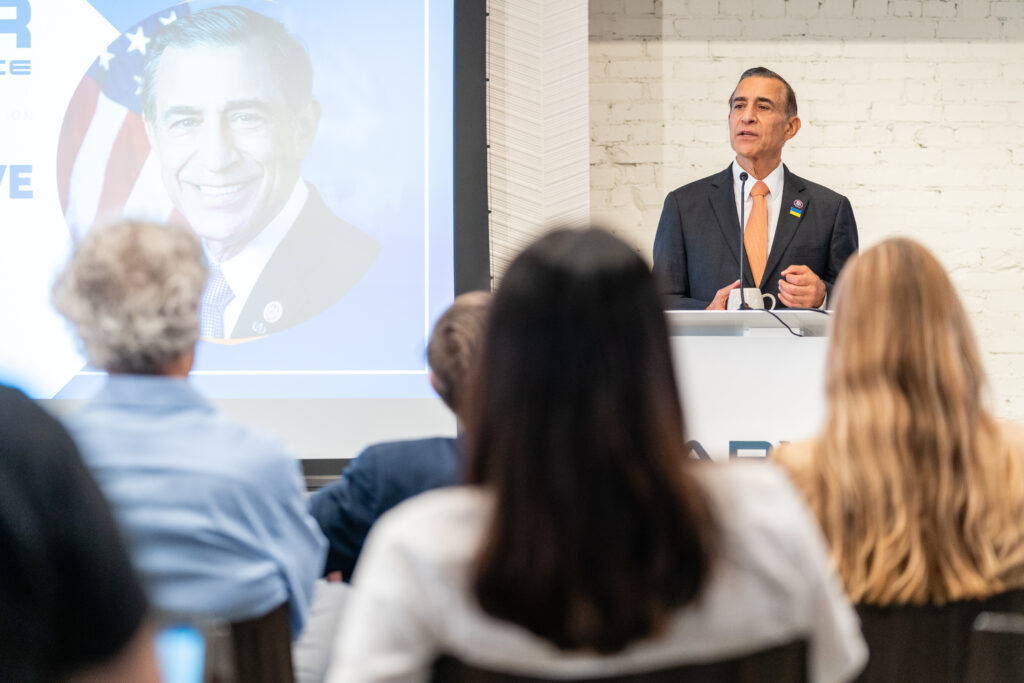

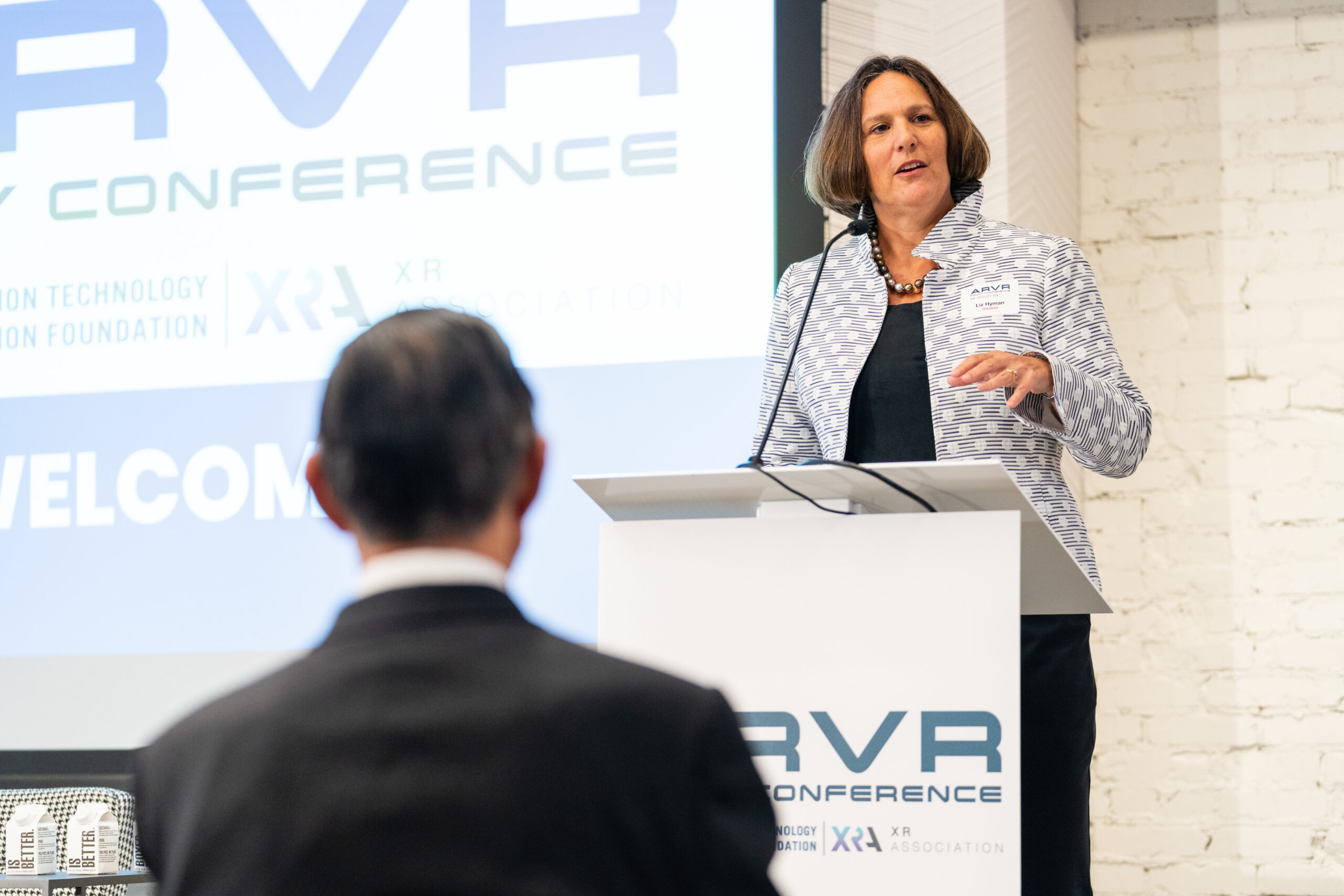
The conference kicked off with opening remarks from XRA’s CEO, Liz Hyman, and a keynote address by Representative Darrell Issa (CA-50), one of the original co founders of the Congressional Reality Caucus. Congressman Issa spoke about the need for further advancement of XR technology and how augmented (AR) and virtual reality (VR) are improving lives, particularly from an accessibility standpoint. He also discussed how emerging technologies such as XR augment our five senses, giving a sixth, seven, and even eighth sense that can provide important insights not presently available to us.
The event featured a series of expert talks and panels discussing dozens of critical XR policy questions covering everything from content moderation and digital governance to XR’s role in career training.
Panelists explored current and future use cases for XR technology beyond entertainment. Speaking during a panel focused on how AR and VR will reshape national defense and international relations, Dirck Schou, CEO of Taqtile, and VR expert Chris Hample, touched on the importance of using virtual reality technology for military training, “The ability to have simulation of physical environments that look like the real space – in real time – is so incredibly useful,” said Hample.
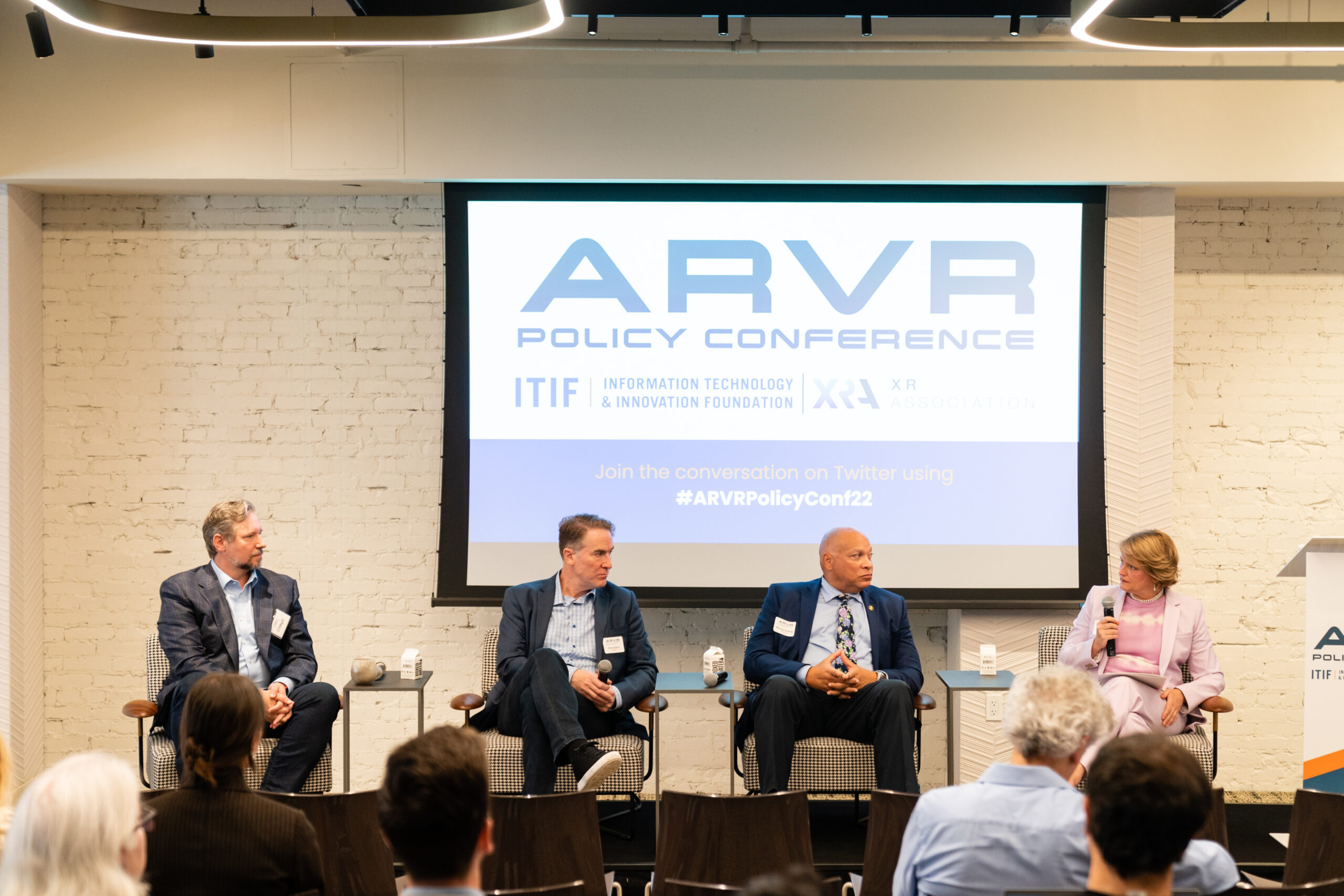
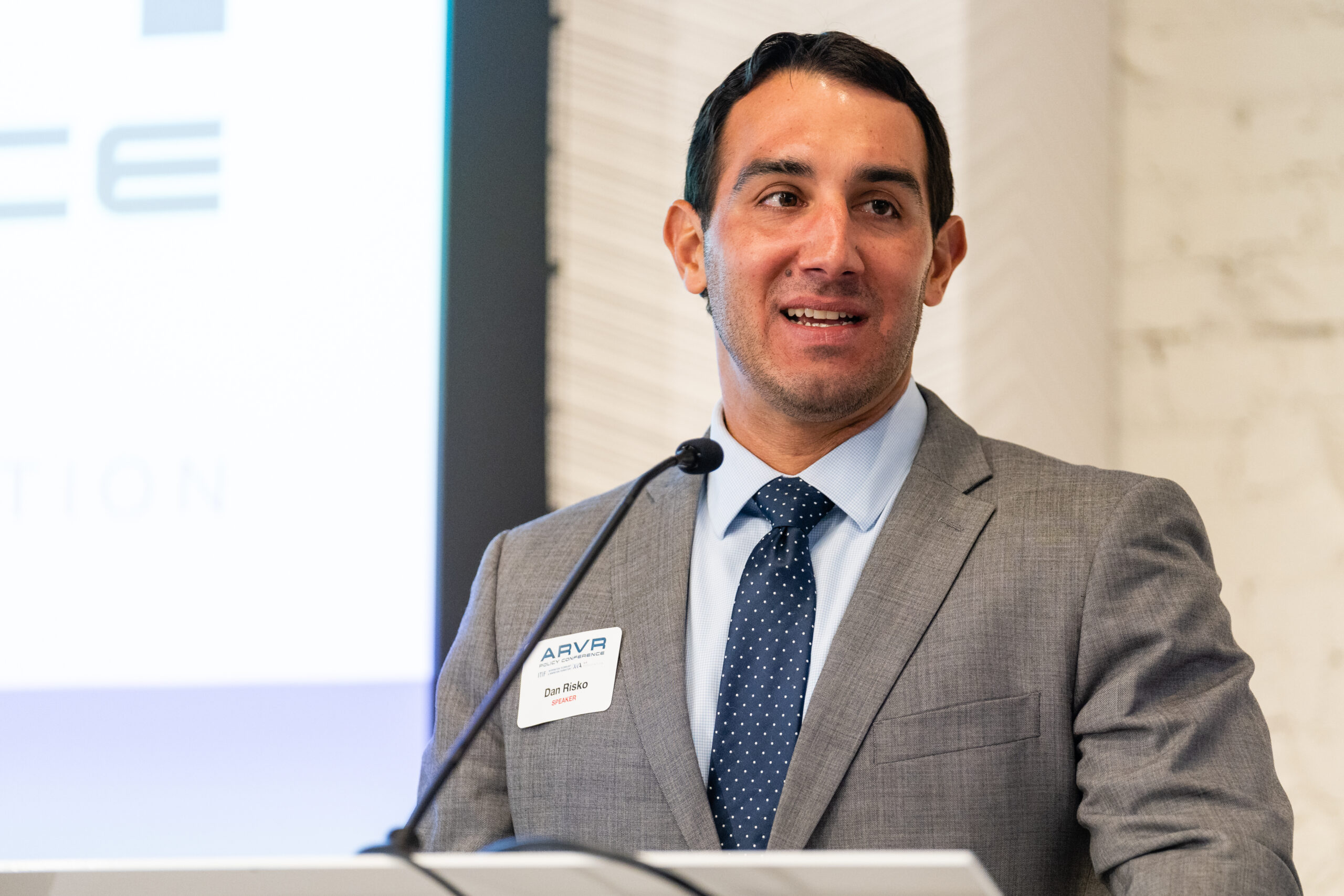
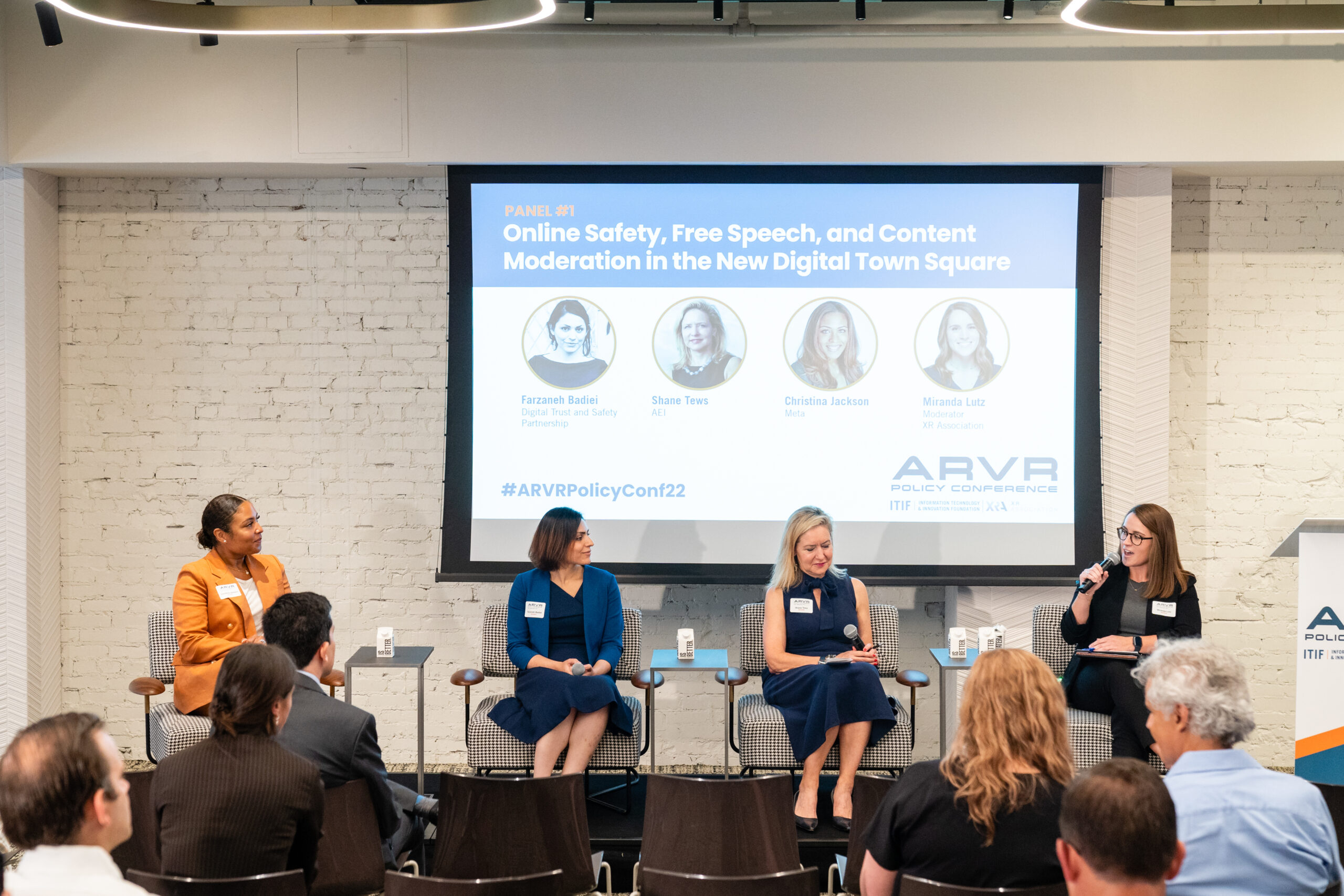
XRA’s Vice President of Public Policy, Joan O’Hara, who moderated the panel, agreed, noting the current use cases of VR in flight training: “It’s going to become a part of military operations around the world,” she said.
During an address focused on the role XR plays in training and upskilling the American workforce, U.S. Dept. of Labor Chief Innovation Officer Chike Aguh and Governmental Relations Manager at Transfr, Dan Risko, spoke about the potential AR and VR have in training workers in safe, controlled environments before they’re tasked with handling machinery on the job site.
Similar use cases were illustrated in the XR Association’s latest infographic: “Into the Digital World: XRA’s Guide to Immersive Technology.” This visualization, launched during the conference, is a primer for audiences with limited background knowledge in XR and displays how the technology can be utilized to, among other things, enhance exercise, simplify navigation and to practice complex medical procedures in educational classes.
Conference attendees had the opportunity to try out XR for themselves during the event’s demo sessions. XRA member companies Meta, HTC Vive (with MyndVR), Transfr Inc., CleanBox Technology, and Great Lakes Reality Labs offered participants the chance to put on VR headsets that are used to train electricians and welders, in addition to headsets that are used for entertainment and exercise.
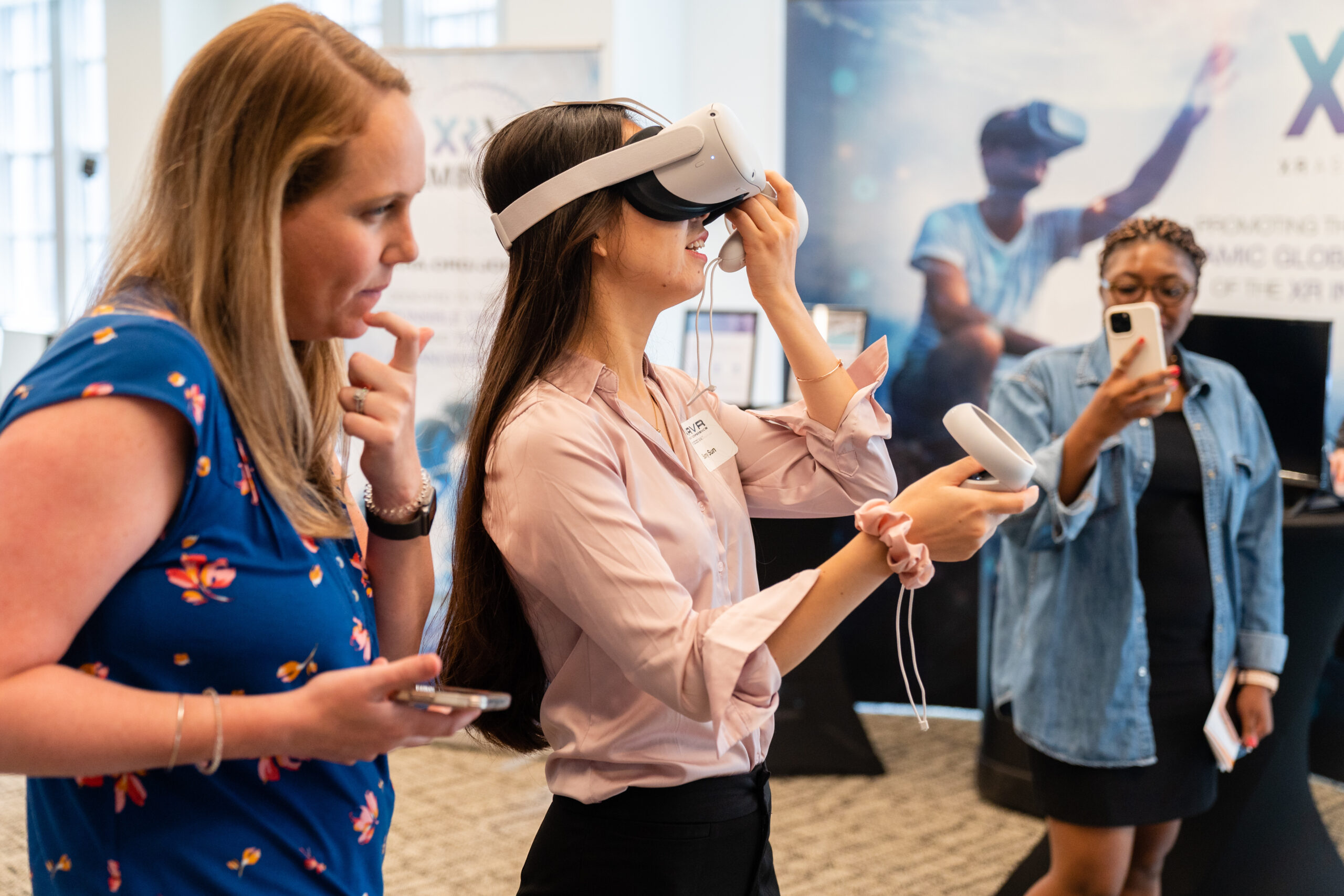
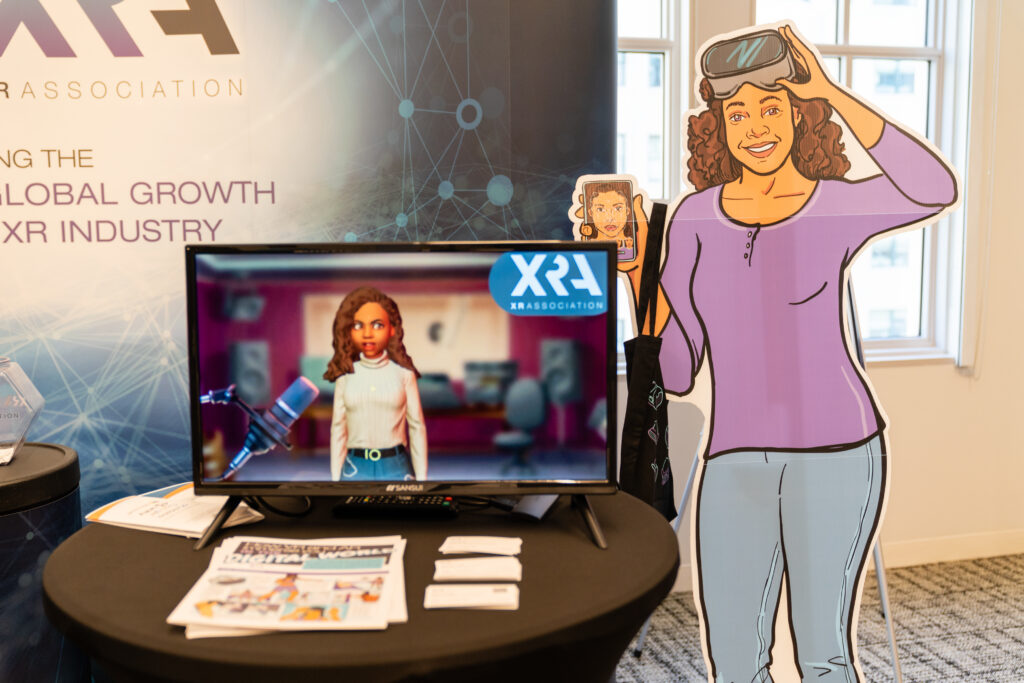
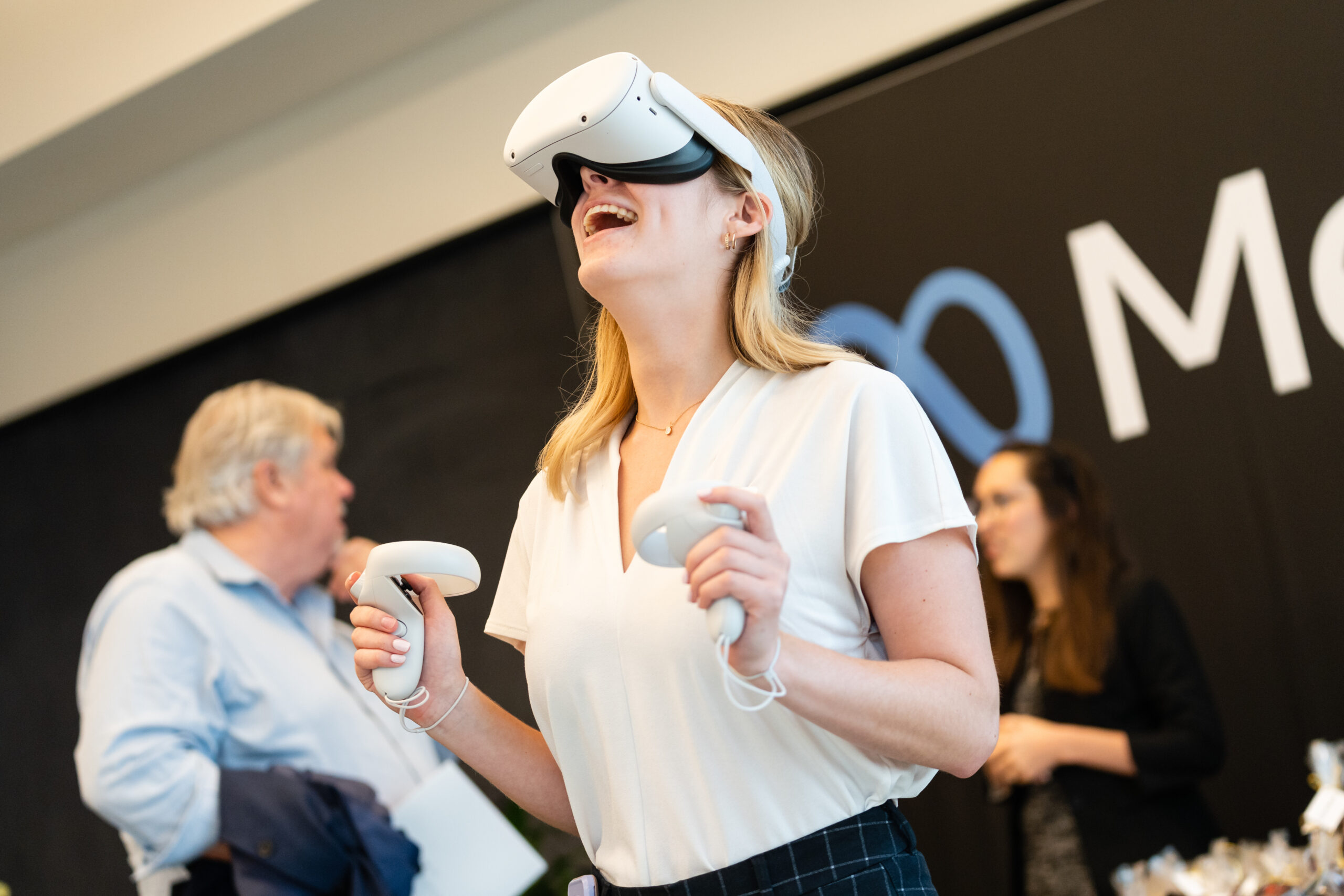
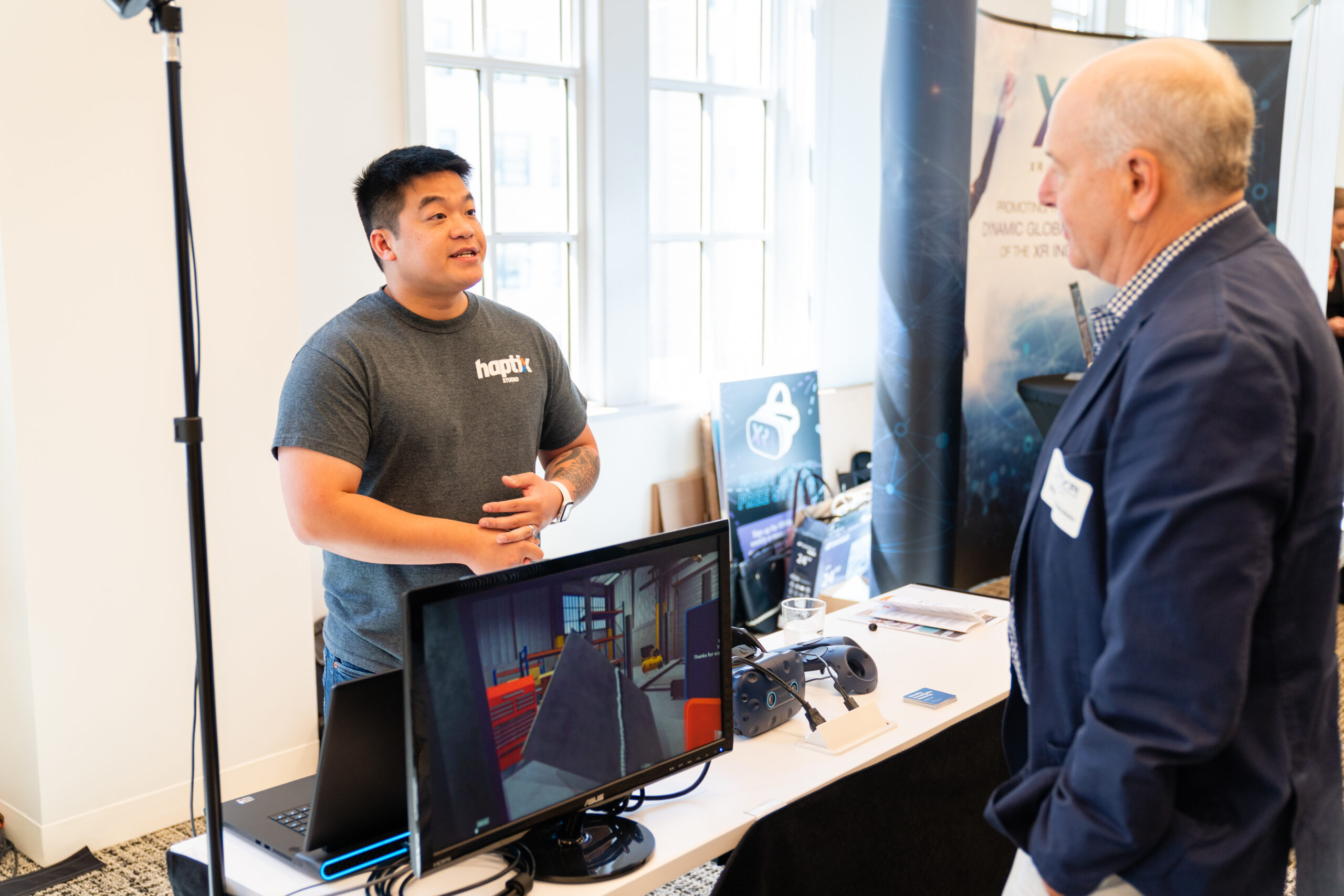
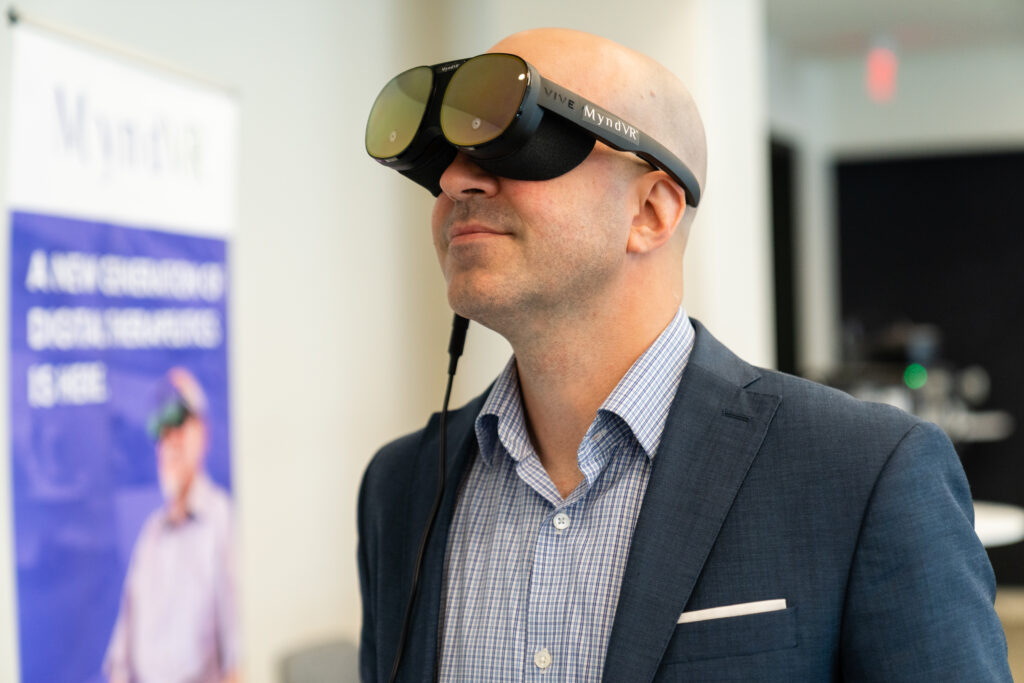
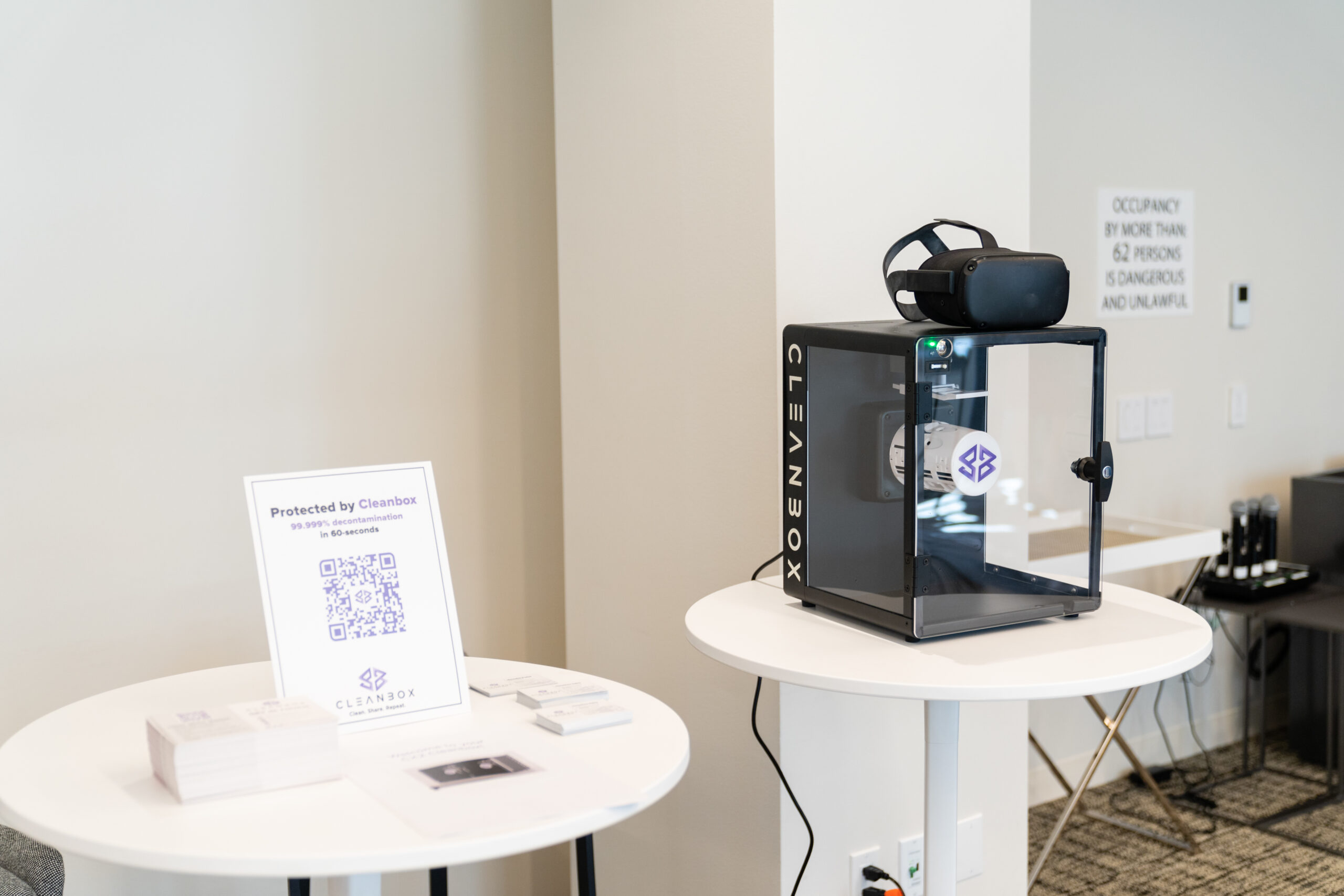
“One of the great benefits of my job is that I get to express how this incredible technology can transform the way we work, communicate, collaborate, learn and so much more,” Hyman said. “We are committed to working with all of you to be good stewards and advance XR in a way that builds trust, ensures the safety and wellbeing for all users, and is inclusive to everyone.”
See ITIF’s YouTube page for a full recording of the conference.


